Australia is renowned worldwide for its incredible biodiversity, making it one of the best places on Earth to encounter a diverse array of native Australian animals. From the iconic kangaroos bounding across the Outback to the playful sea lions basking on the shores of Maria Island, the Land Down Under offers an unparalleled opportunity to witness unique wildlife in their natural habitats. However, amidst the wonder of encountering adorable creatures like the quokka and the koala, it’s crucial to remain aware of the potential dangers posed by Australia’s more lethal inhabitants, such as the box jellyfish and the eastern brown snake. In this article, we’ll explore some of the best places to experience Australia’s rich wildlife and the importance of conservation efforts to protect these precious species.
Tasmanian Devil: The Fierce Fighter of Tasmania
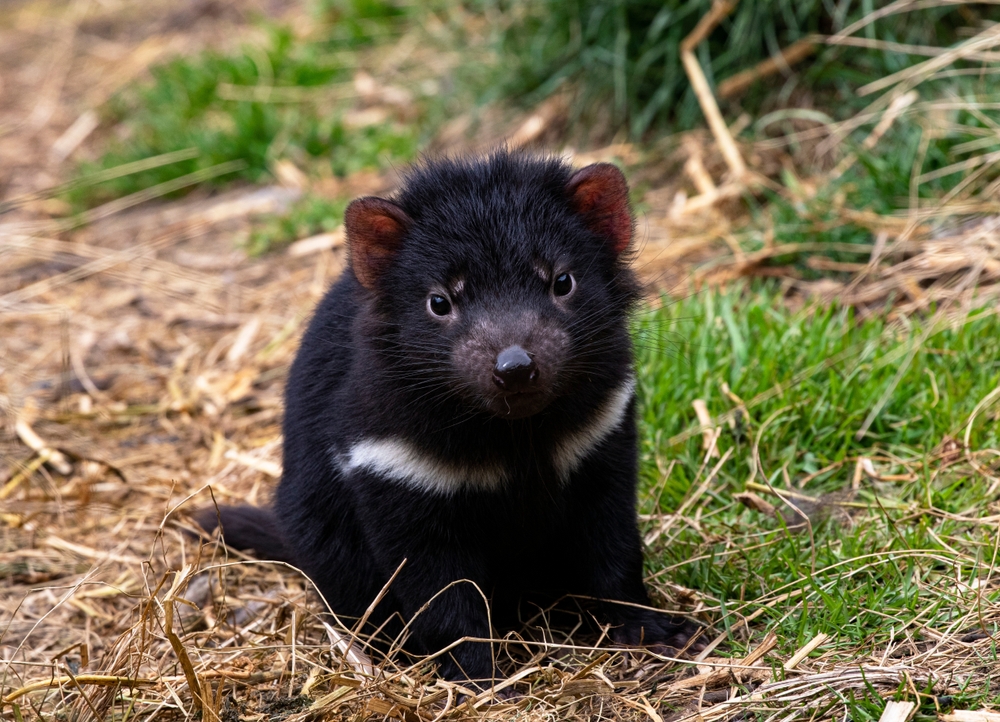
Our first stop takes us to the island state of Tasmania, where you’ll encounter one of Australia’s most iconic and fierce creatures – the Tasmanian Devil. Despite its small size, this carnivorous marsupial possesses an unrivaled tenacity. With its stocky build, powerful jaws, and piercing screech, the Tasmanian Devil is a force to be reckoned with. Unfortunately, this unique species is facing a grave threat from a contagious cancer called devil facial tumor disease. Conservation efforts are crucial to ensuring the survival of this remarkable creature.
Western Australia: A Haven for Saltwater Crocodiles
If you’re seeking an encounter with one of the world’s most formidable predators, head to Western Australia. Here, you’ll find the mighty saltwater crocodile, also known as the estuarine crocodile. This apex predator reigns supreme in the waterways, and its sheer size is awe-inspiring. Adult males can grow up to 6 meters in length and weigh over a ton. With their powerful jaws and incredible thermoregulation abilities, these ancient reptiles have remained virtually unchanged for millions of years.
Rottnest Island: Home of the Adorable Quokka
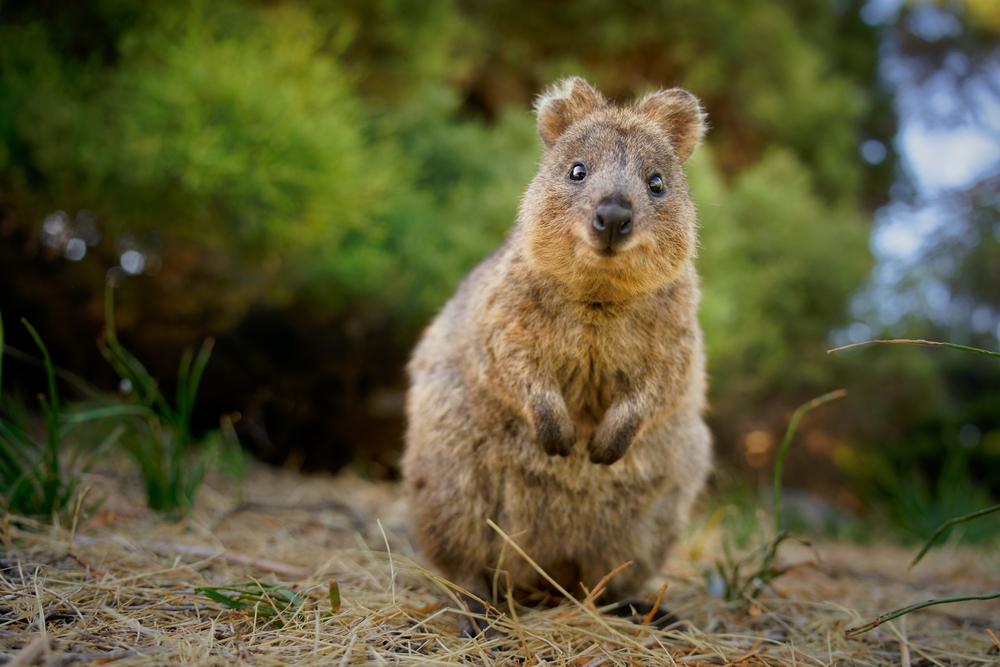
A trip to Rottnest Island, just off the coast of Western Australia, will introduce you to the world’s happiest animal – the quokka. These small marsupials, often referred to as the “happiest animal on Earth,” are known for their friendly and photogenic nature. With their adorable smiles and fluffy tails, quokkas have become social media sensations. However, it’s important to remember that they are wild animals and should be observed from a respectful distance.
South Australia: A Playground for Sugar Gliders
In the lush forests of South Australia, you’ll have the chance to spot the enchanting sugar glider. These small, nocturnal creatures are known for their gliding abilities, thanks to the membrane extending from their forelegs to hindlegs. Watching them gracefully navigate through the treetops is a sight to behold. With their soft fur and big, round eyes, sugar gliders are undeniably adorable. Just make sure to keep your eyes peeled during the nighttime for a chance to witness their acrobatics.
Great White Sharks: Majestic Predators of the Ocean
Australia’s coastal waters are home to some of the world’s most awe-inspiring creatures, and none are more iconic than the great white shark. These majestic predators rule the ocean with their sheer size and power. If you’re seeking an adrenaline rush, consider embarking on a cage diving adventure to witness these incredible creatures up close. Rest assured, experienced guides will ensure your safety while providing a thrilling encounter with these magnificent apex predators.
Kangaroo Island: A Sanctuary for Kangaroos and More
No visit to Australia is complete without encountering the iconic kangaroo. While kangaroos can be found throughout the mainland, Kangaroo Island offers a unique opportunity to observe these marsupials in a pristine natural habitat. With their powerful hind legs and distinctive hopping motion, kangaroos are a true symbol of the Australian outback. Keep your distance and observe them from afar to appreciate their grace and beauty.
New South Wales: Home of the Majestic Platypus
Venture into the waterways of New South Wales, and you may be lucky enough to catch a glimpse of the elusive platypus. This unique creature is a semi-aquatic egg-laying mammal, known for its duck-like bill, beaver-like tail, and webbed feet. With its extraordinary adaptations, the platypus is a living testament to the wonders of evolution. Keep your eyes peeled and stay quiet near their habitats for a chance to witness this fascinating animal in action.
Mainland Australia: Exploring the World of Cane Toads
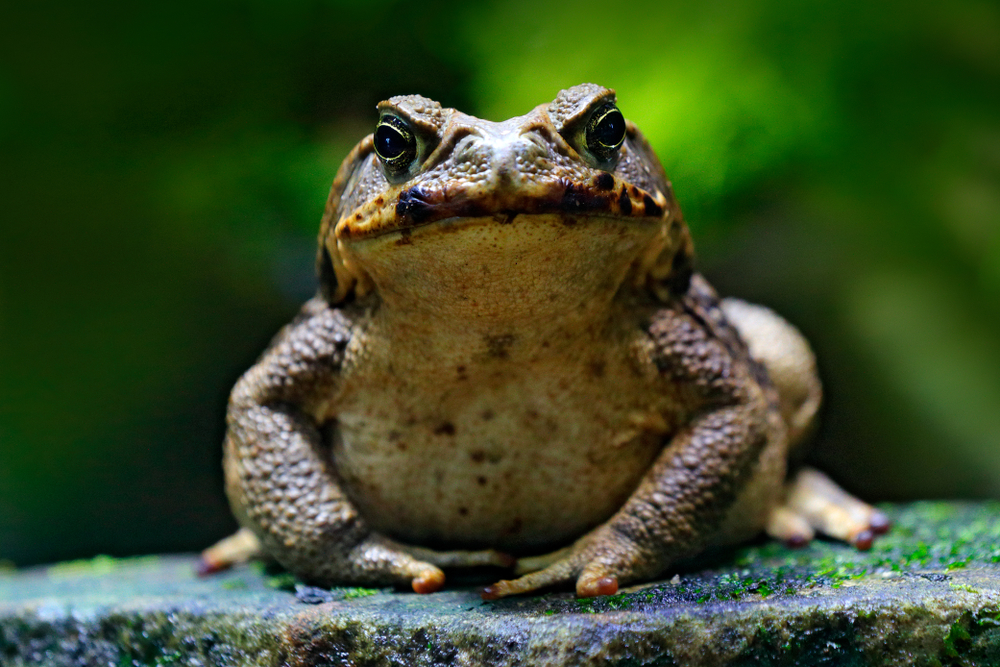
While not native to Australia, the cane toad has become an infamous resident. Introduced in the 1930s to control the cane beetle population, these toads quickly became an ecological nuisance. They have adapted to various habitats across mainland Australia and are known for their toxic skin secretions. Today, efforts are underway to manage their populations and mitigate their impact on native wildlife.
Wildlife Parks: Encountering Australia’s Diverse Fauna
For a comprehensive wildlife experience, Australia’s wildlife parks are a must-visit. These conservation sanctuaries provide a safe haven for a wide variety of native animals, allowing visitors to observe them up close and learn about their unique characteristics. From cuddly koalas to mischievous wombats, these parks offer a chance to connect with Australia’s remarkable fauna and contribute to their conservation efforts.
Inland Taipan: The Venomous Serpent of the Outback
Hidden within the arid landscapes of the Australian Outback, the inland taipan lurks. Renowned as the world’s most venomous land snake, this elusive creature can deliver a potent bite. However, encounters with humans are incredibly rare, as the inland taipan is generally shy and prefers to avoid confrontation. Despite its fearsome reputation, the primary threat to this snake’s survival comes from habitat loss and human activities.
Great Barrier Reef: A Dazzling Underwater Wonderland
Dive into the crystal-clear waters of the Great Barrier Reef, and you’ll discover a vibrant and diverse underwater ecosystem. This UNESCO World Heritage site is home to an array of marine life, including colorful coral formations, tropical fish, and majestic sea turtles. Snorkeling or scuba diving in this natural wonder is an opportunity to witness firsthand the beauty and fragility of this delicate ecosystem.
Short-beaked Echidna: A Unique Australian Egg-Laying Mammal
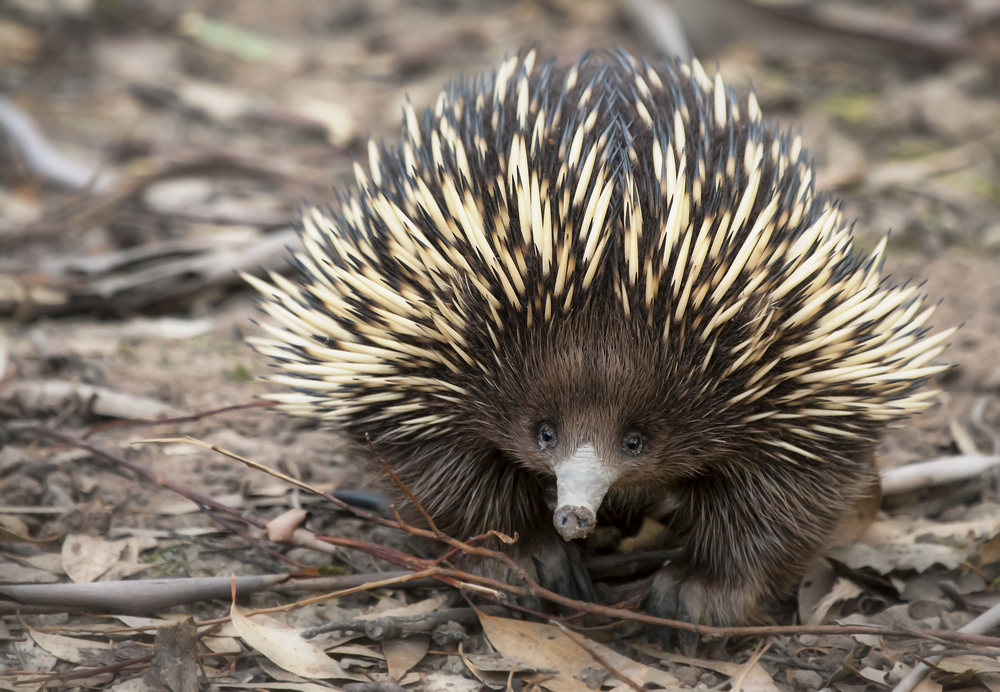
The short-beaked echidna is one of Australia’s most peculiar creatures. As a monotreme, this unique mammal lays eggs instead of giving birth to live young. Covered in spines and equipped with a bird-like beak, the echidna is a master of adaptation. These intriguing animals are found throughout mainland Australia, foraging for ants and termites with their long, sticky tongues.
Northern Hairy-Nosed Wombat: A Critically Endangered Species
The northern hairy-nosed wombat is one of the rarest and most endangered mammals in the world. With only a few individuals remaining in the wild, conservation efforts are crucial to their survival. These charismatic creatures are known for their burrowing abilities and distinctive noses. By supporting conservation initiatives, we can help secure a future for this incredible species.
Northern Territory: The Realm of the Red Kangaroo
Venture into the vast landscapes of the Northern Territory, and you’ll encounter the mighty red kangaroo. As the largest marsupial on the planet, these iconic animals possess immense power and agility. With their muscular hind legs, they can cover impressive distances with each leap. Observing their interactions within their natural habitat is a true privilege and a testament to the beauty of Australian Animals.
Fraser Island: A Sanctuary for Dingoes and More
Fraser Island, the world’s largest sand island, is not only a natural wonder but also a haven for unique wildlife. Here, you may come across the dingo, Australia’s wild dog. These canines have roamed the island for thousands of years, adapting to the island’s harsh environment. While sightings can be exciting, it’s important to remember that dingoes are wild animals and should be observed from a safe distance.
Laughing Kookaburra: The Avian Comedian
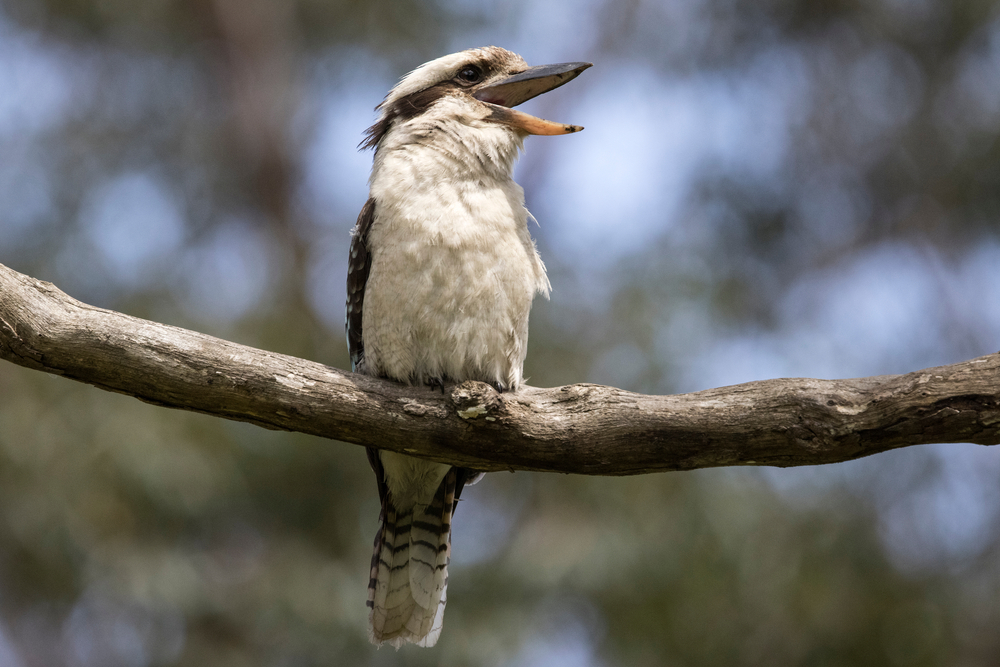
The unmistakable call of the laughing kookaburra is often heard across the Australian bush. With its distinctive laughter-like vocalization, this bird is not only a natural comedian but also an integral part of Australian folklore. Found in various habitats across the country, the kookaburra is a symbol of the Australian outback and a delightful addition to any wildlife encounter.
Southern Australia: Exploring the World of The Cutest Australian Animals
Southern Australia is home to a delightful array of adorable creatures, earning it the title of the “cutest animals” capital. From cuddly koalas to playful kangaroos, encounters with these charming creatures are sure to warm your heart. Whether you visit Phillip Island, Kangaroo Island, or any of the region’s wildlife sanctuaries, you’ll have the opportunity to observe and interact with these captivating animals in their natural habitats.
Kakadu: Land of Wildlife and Cultural Heritage
Our final destination takes us to Kakadu National Park in the Northern Territory. This UNESCO World Heritage-listed site is not only known for its breathtaking landscapes but also for its rich wildlife and cultural heritage. From saltwater crocodiles lurking in the waterways to vibrant birdlife filling the skies, Kakadu offers a glimpse into the diverse ecosystems that make Australia truly unique.
Encountering Australia’s native animals in their natural habitats is an unforgettable experience that leaves a lasting impression on visitors from around the world. From the majestic whale sharks of Ningaloo Reef to the elusive tiger quolls of the Flinders Ranges, each encounter offers a glimpse into the unique beauty and diversity of Australia’s wildlife. However, as we marvel at these remarkable creatures, it’s crucial to remember the importance of conservation efforts to safeguard their future. By supporting initiatives to protect habitats, mitigate the impact of invasive species, and combat climate change, we can ensure that future generations have the opportunity to cherish and appreciate Australia’s extraordinary native fauna. So, whether you’re exploring the ancient eucalyptus forests of the Blue Mountains or snorkeling among vibrant coral reefs, let’s cherish and protect the incredible wildlife that makes Australia truly one of a kind.
Learn more by reading into: Whitsunday Island Travel Guide: The Beauty of the Australia Coast and Summer Unleashed: 10 Adventure-Packed Vacation Ideas